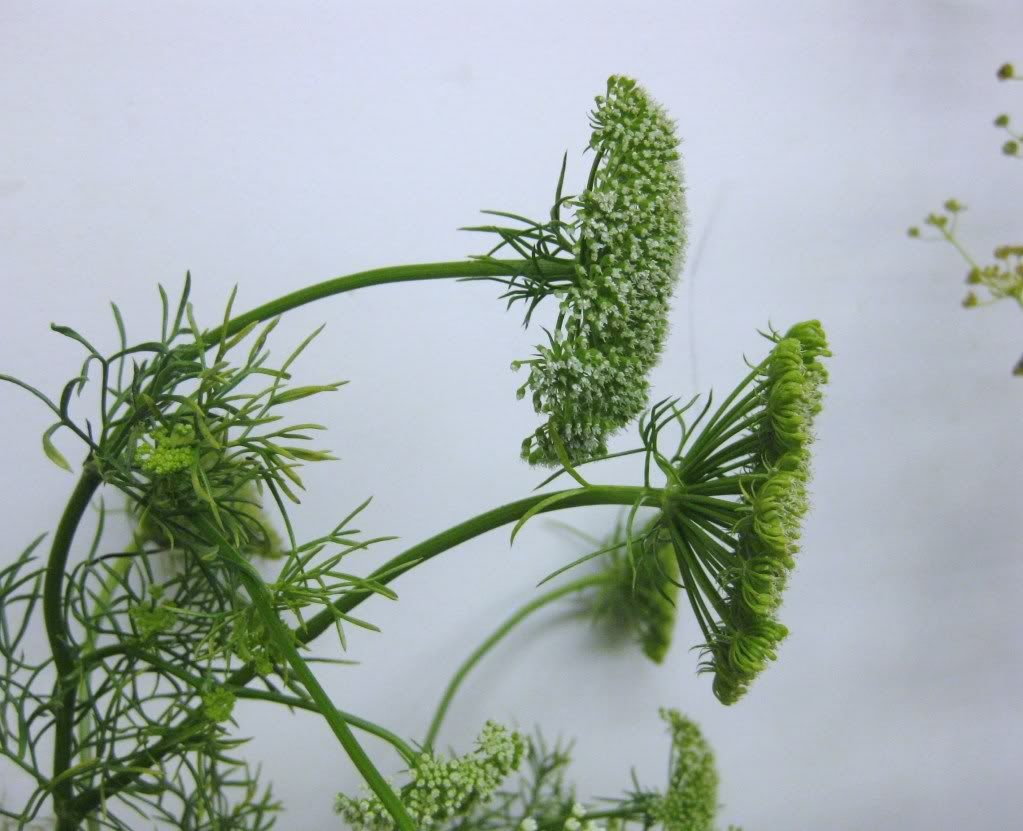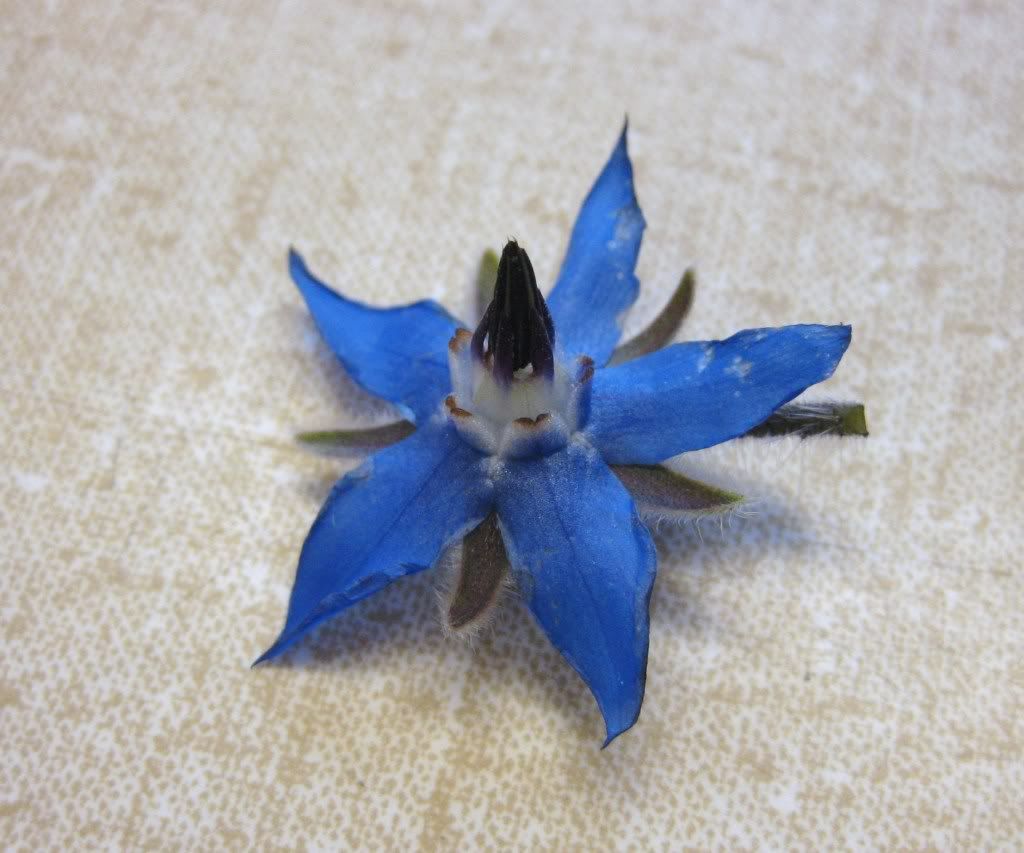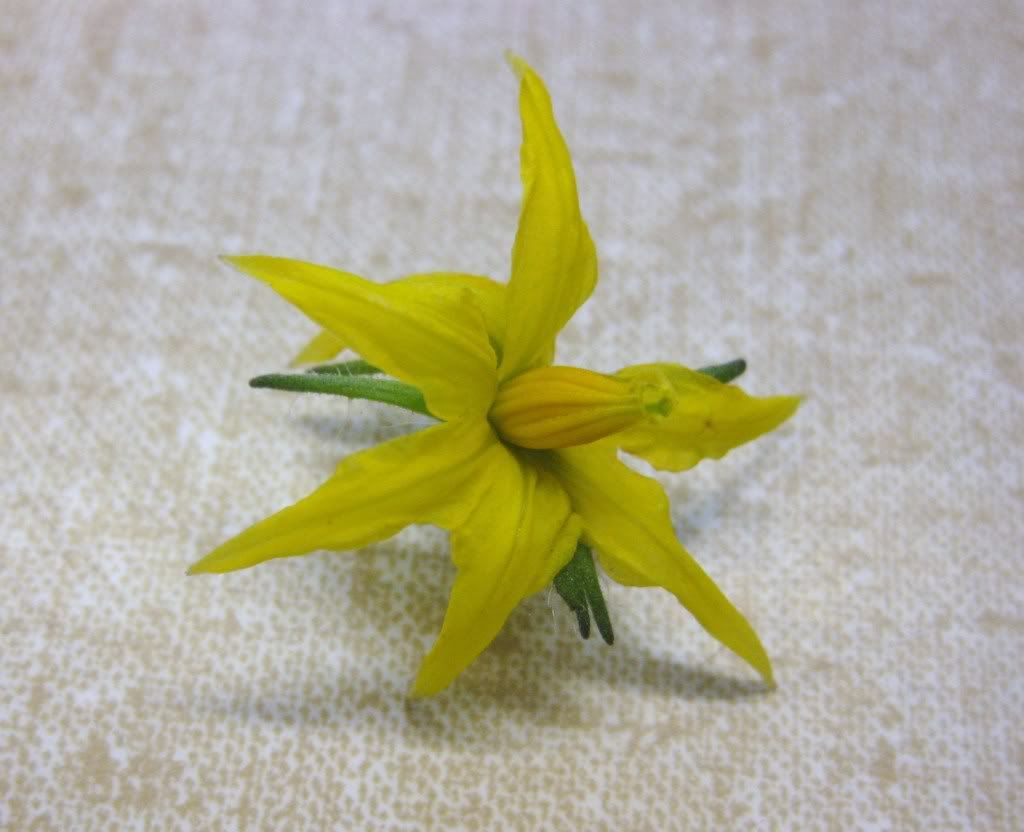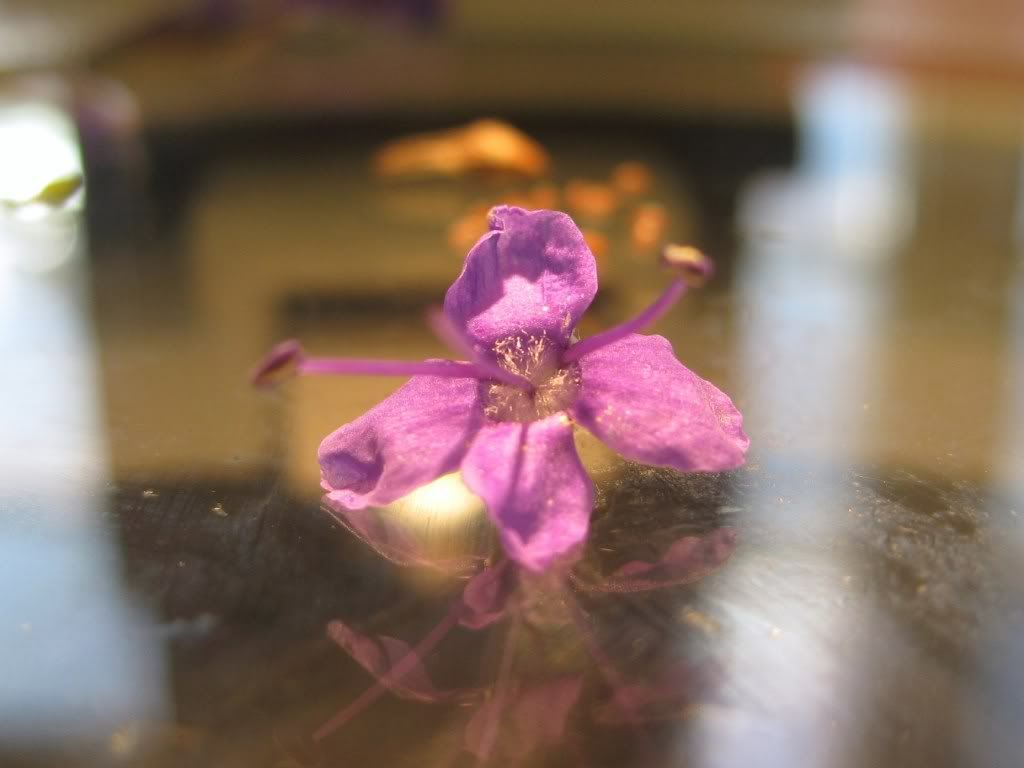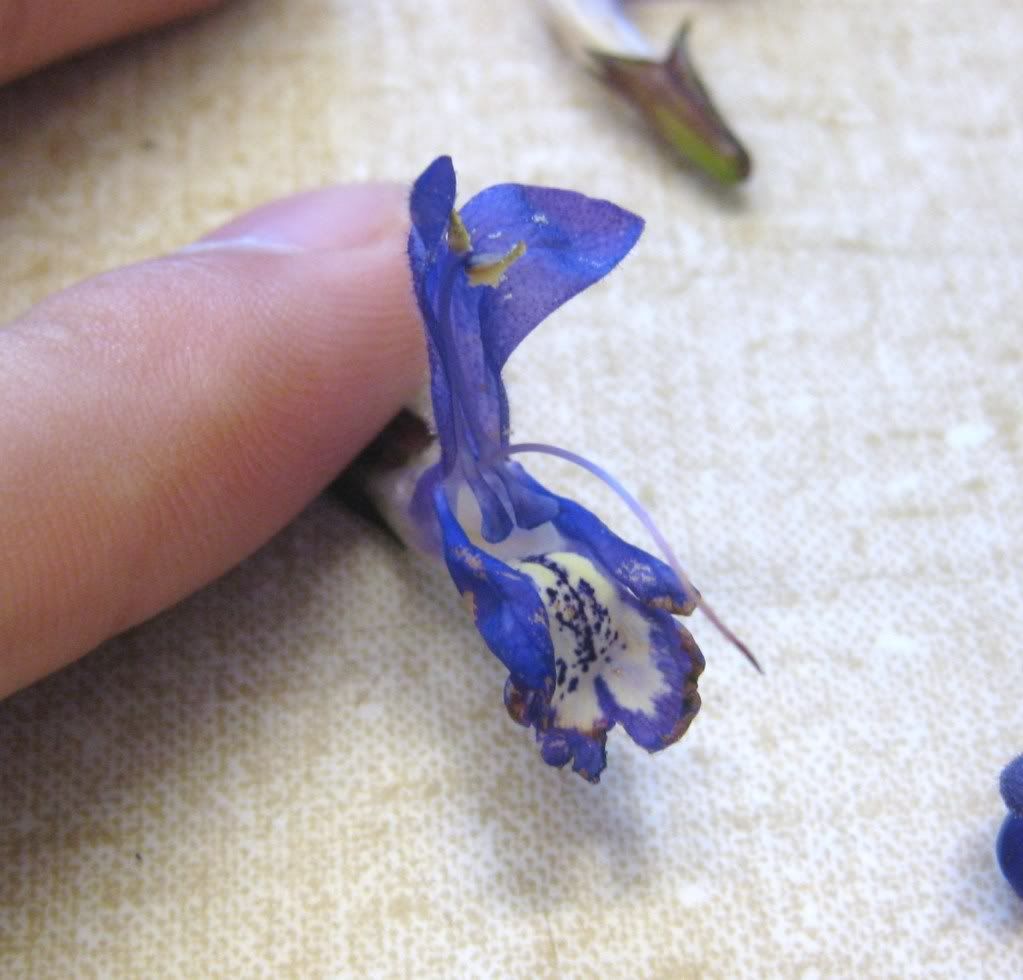APIACEAE (UMBELLIFERAE) - Carrot, Parsley or Umbel Family
---
A compound leaf from this family.
A labeled diagram showing the many structures present in this family. Compound umbel is the characteristic inflorescence of this family. Note: involucre and involucel are absent from the above species/picture.
Involucre of bracts (leafy structures under compound umbels) and involucel of bracts (leafy structures under simple umbels) are quite distinct in Ammi visnaga. *correction made: under simple umbel instead of compound umbellets (which is wrong); as pointed out by Yee Sing
A flower of Apiaceae showing 5 stamens and 5 petals (the curled up structures). The two segments of the stylopodium are found within the petals. You may be able to make out the 2 segments.
A cross section through an ovary reveals two locules. The two carpels have fallen out out from their attachment in the axile placentation.
The characteristic fruit type of Apiaceae: a Schizocarp. *each oval structure is a mericarp. *only one carpophore is showing, the other branch of the 'Y' is hidden behind this one. *the inside face of the 2 mericarps is the commissure.
Some of the other species that were on display:
Heracleum sp. (right), Lomatium sp.(left)
Angelica archangelica (Angelica)
And of course the carrots!
---
A compound leaf from this family.
A labeled diagram showing the many structures present in this family. Compound umbel is the characteristic inflorescence of this family. Note: involucre and involucel are absent from the above species/picture.
Involucre of bracts (leafy structures under compound umbels) and involucel of bracts (leafy structures under simple umbels) are quite distinct in Ammi visnaga. *correction made: under simple umbel instead of compound umbellets (which is wrong); as pointed out by Yee Sing
A flower of Apiaceae showing 5 stamens and 5 petals (the curled up structures). The two segments of the stylopodium are found within the petals. You may be able to make out the 2 segments.
A cross section through an ovary reveals two locules. The two carpels have fallen out out from their attachment in the axile placentation.
The characteristic fruit type of Apiaceae: a Schizocarp. *each oval structure is a mericarp. *only one carpophore is showing, the other branch of the 'Y' is hidden behind this one. *the inside face of the 2 mericarps is the commissure.
Some of the other species that were on display:
Heracleum sp. (right), Lomatium sp.(left)
Angelica archangelica (Angelica)
And of course the carrots!


